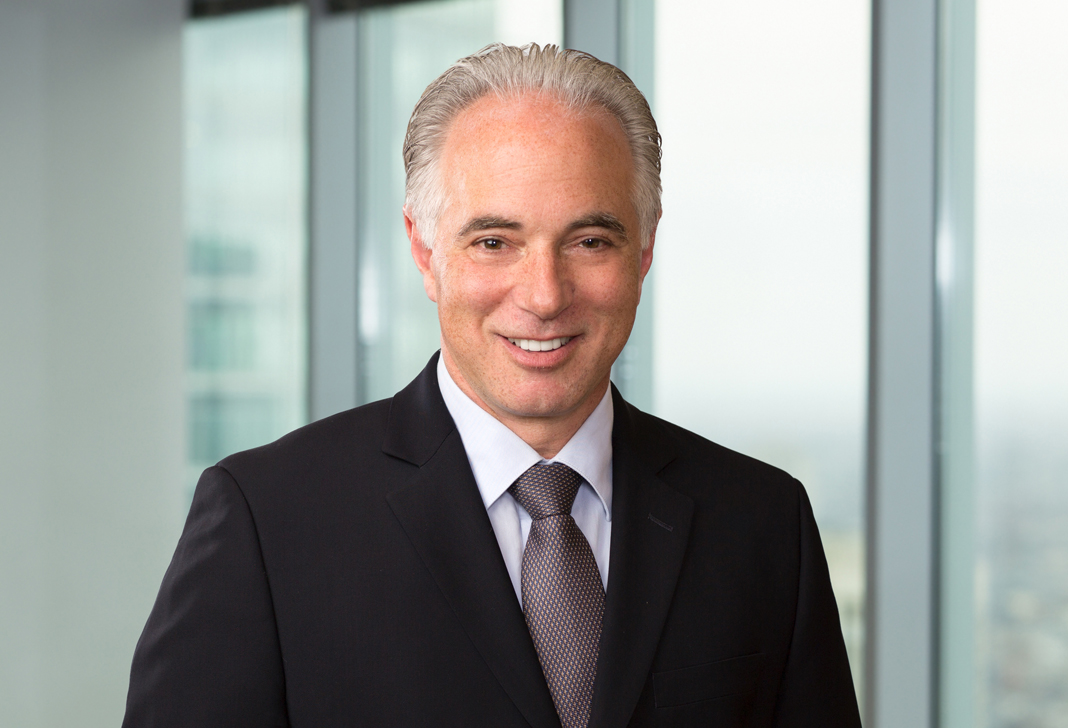
California Air Resources Board Preparing Scoping Plan for Carbon Neutral Future
The California Air Resources Board ("CARB") is conducting public workshops during the fall of 2021 as part of its planning for the next Climate Change Scoping Plan, which will lay out strategies for achieving California's greenhouse gas emission ("GHG") reduction targets and related climate change goals. Current state law sets the GHG emission reduction target at 40% below 1990 level by 2030, and a 2018 Executive Order requires state agencies to pursue carbon neutrality by 2045. CARB must update the Scoping Plan every five years, with the next update due in 2022. During the current round of public workshops (through November 2, 2021), CARB will hear comments on four draft scenarios it has developed for use in modeling the state's progress toward the 2030 goal, and potential pathways to carbon neutrality. This modeling will inform CARB's preparation of the Scoping Plan.
Meeting materials for the September 30, 2021, workshop provide an early indication of the priorities that CARB might include in the next Scoping Plan. For the oil and gas sector, CARB's draft scenarios include the complete phaseout of oil and gas extraction and refining in California, or some combination of reductions in those activities and increased use of carbon capture and sequestration technology. For transportation fuel, CARB contemplates scenarios from expanded use of fossil fuel alternatives, the phasing out of all combustible fuel sources (fossil, biofuel, hydrogen), increased use of electrification in the aviation sector, and phasing out the sale of non-zero emission passenger cars and trucks by 2030 (Executive Order N-79-20). Scenarios for the manufacturing sector include a complete phaseout in California of stone, clay, glass, and cement production and other "hard to decarbonize" processes; electrification of boilers and process heat; expanded use of hydrogen for heat processes; and adoption of carbon capture and sequestration technology. For the electric grid, scenarios include reducing or eliminating GHG emissions and increasing renewable and zero-carbon generation resources. For residential and commercial buildings, CARB includes scenarios for the electrification of appliances.
Any of these scenarios would dramatically change industry and commerce in California, but it is an open question exactly how CARB will propose to achieve the carbon neutrality target. Stakeholders should monitor CARB's activity closely and consider submitting comments during public comment periods, as CARB develops the Scoping Plan in 2021 and 2022 and then works to implement it and meet the targets in the coming years.


